Africa’s second-largest oil producer, Libya, is witnessing a resurgence as its National Oil Corporation (NOC) uncovers new crude reserves and international companies return to exploration, signaling renewed growth in the post-Gaddafi era.
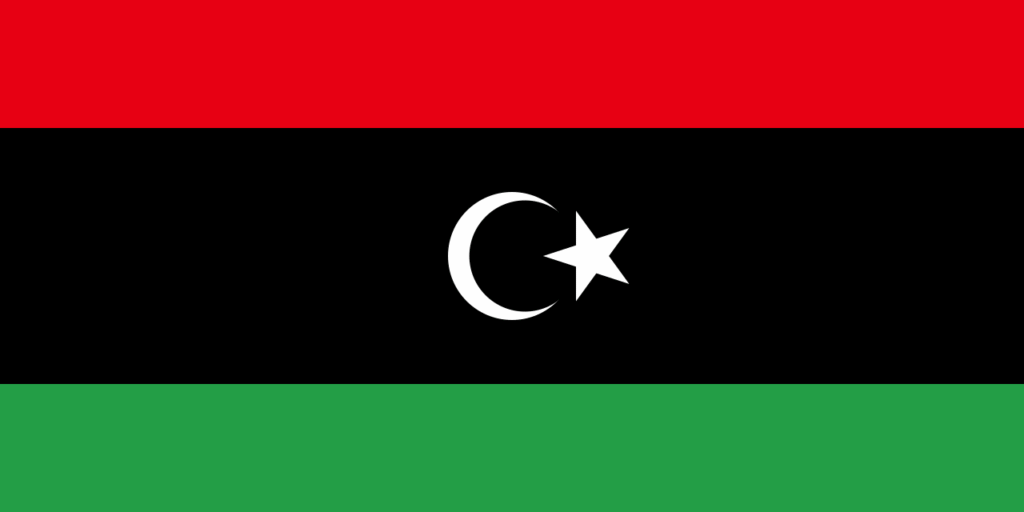
Africa’s second-largest oil producer uncovers new crude reserves amid surge in foreign interestAfrica’s second-largest oil producer uncovers new crude reserves amid surge in foreign interestLibya’s National Oil Corporation has announced major oil discoveries, showcasing growing interest from international firms.The Ghadames Basin discovery produces significant volumes of oil and gas, evidencing Libya’s potential in the energy market.The Sirte Basin discovery by Austrian firm OMV indicates successful exploration efforts and robust production capabilities.The return of international companies like OMV, Sonatrach, BP, and Eni highlights improved security conditions and renewed investment The latest find comes from NOC’s wholly-owned subsidiary, Arabian Gulf Oil Company (ACOGO), in the Ghadames Basin near the Libyan-Algerian border.The discovery underscores Libya’s potential to reclaim its position as a key player in Africa’s oil and gas industry after years of conflict and operational disruption.

New Discovery in Ghadames BasinLibya’s National Oil Corporation (NOC) confirmed that the newly drilled H1-NC4 well is estimated to produce approximately 4,675 barrels of crude oil per day and around 2 million cubic feet of natural gas. The project is entirely owned by the corporation.An oil source within the Arabian Gulf Oil Company told Reuters that the company’s total oil production had reached 310,000 barrels per day by the end of October, highlighting a steady recovery in Libya’s output.Sirte Basin Discovery by OMVNot far from there, in the Sirte Basin, Austrian energy group OMV (OMVV.VI) has also struck oil.
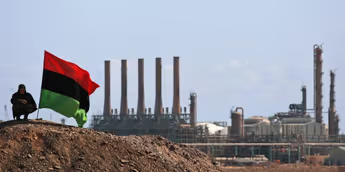
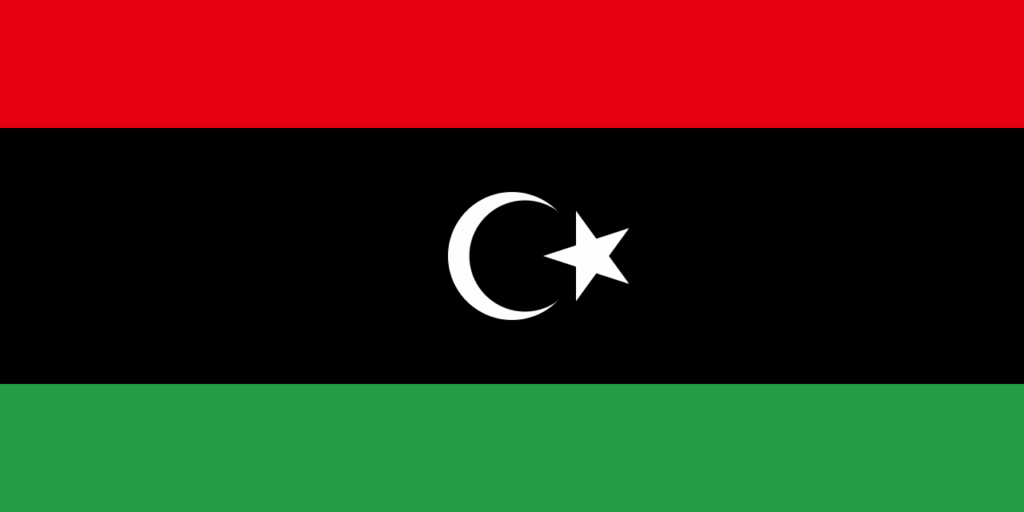
NOC confirmed that production tests for the exploratory well in Block 106/4, reaching a depth of 10,476 feet, are producing more than 4,200 barrels per day, with gas output exceeding 2.6 million cubic feet daily.This marks OMV’s first discovery in the block since signing its Exploration and Production Sharing Agreement with NOC in 2008.The return of OMV to Libya at the end of 2024, after more than a decade away following the unrest after Muammar Gaddafi’s fall, highlights the improving security environment that is enabling foreign companies to resume exploration.
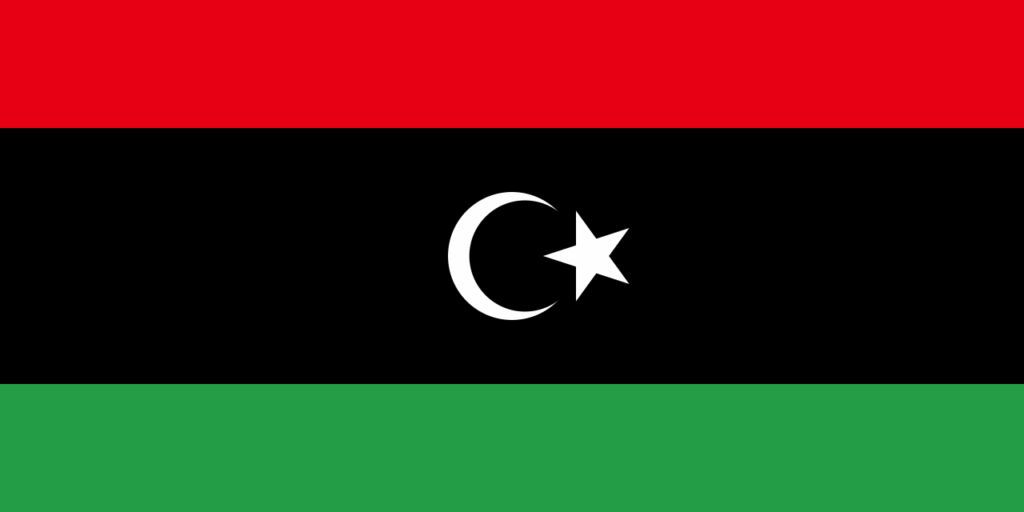
The Sirte Basin discovery by Austrian firm OMV indicates successful exploration efforts and robust production capabilitiesThe Sirte Basin discovery by Austrian firm OMV indicates successful exploration efforts and robust production capabilitiesReturn of International Oil FirmsAlgerian state energy firm Sonatrach also resumed drilling in the Ghadames Basin in mid-October. According to NOC, “Sonatrach is back working at the site in the Ghadames Basin, after quitting more than 10 years ago due to unstable security situation at that time.” Italy’s Eni has restarted offshore exploration in northwestern Libya after a hiatus of more than five years.Meanwhile, NOC signed agreements with BP and Shell to assess the hydrocarbon potential of several fields, with BP planning to reopen its Tripoli office by the fourth quarter of 2025 to oversee operations.The North African country is also attracting renewed international interest in upstream development.
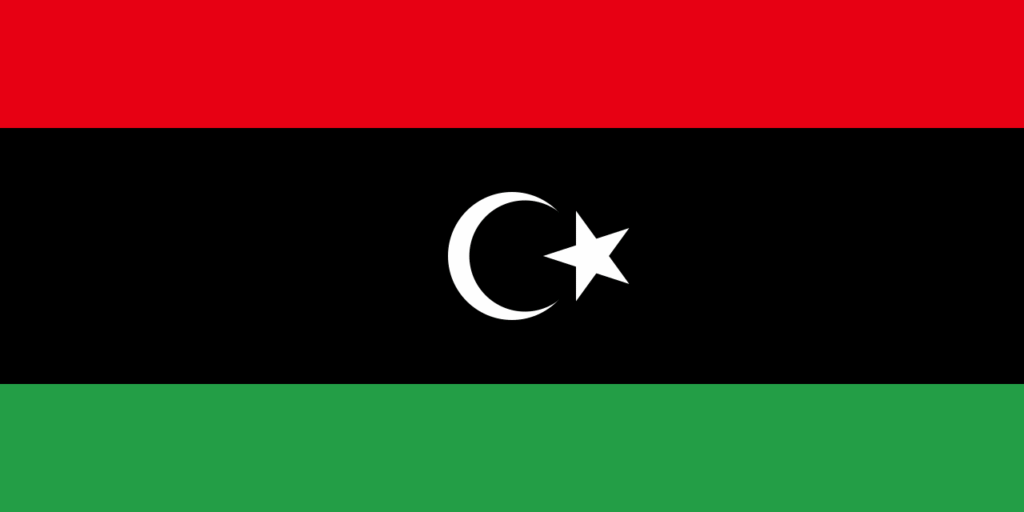

Earlier this year, the country launched its first oil and gas exploration tender since 2007, and the first since the 2011 civil war.Oil Corporation chairman Masoud Suleman told Bloomberg that ExxonMobil, Chevron, TotalEnergies, Eni, and 33 other companies are competing for 22 onshore and offshore blocks. “Almost all well-known international companies” are participating, he added, highlighting Libya’s return as a strategic destination for global energy investment.Libya’s Major Refinery NetworkLibya’s refining network, though modest, forms a critical backbone for its petroleum sector.

The country operates five major refineries: Zawiya, Ra’s Lanuf, Tobruk, Brega, and Sarir. While some, like Ra’s Lanuf, have faced operational challenges, these facilities continue to process the bulk of the country’s oil and remain focal points for modernization and investment.As the country navigates the post-Gaddafi era, its oil and gas industry is showing signs of robust recovery. With new discoveries, rising production, and a reliable network of refineries, the sector is poised for sustained growth.


